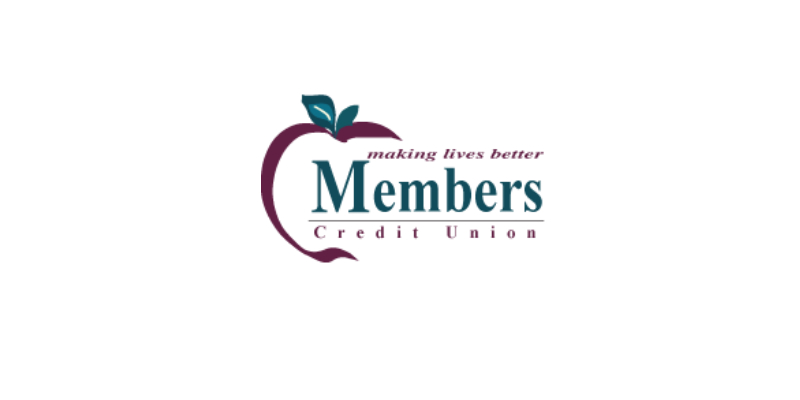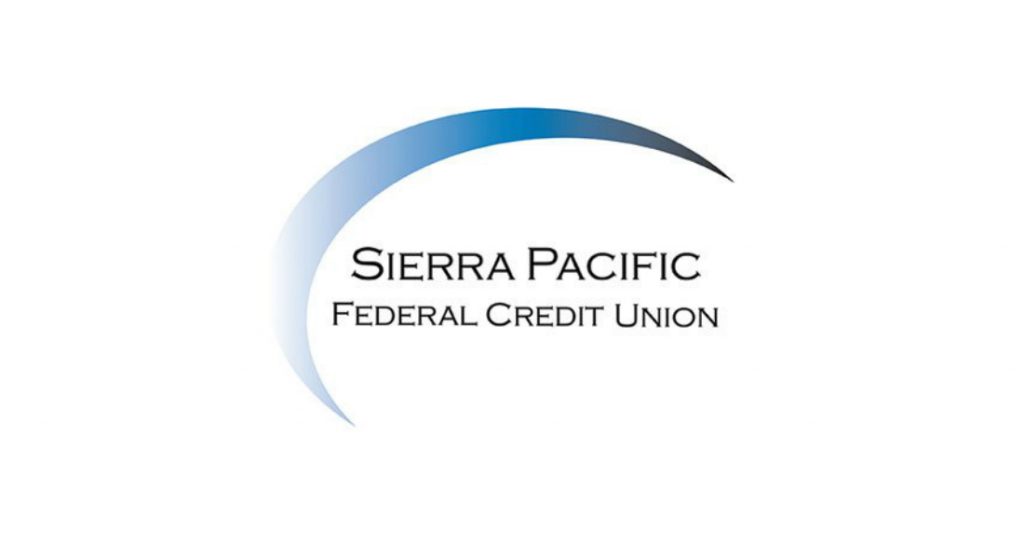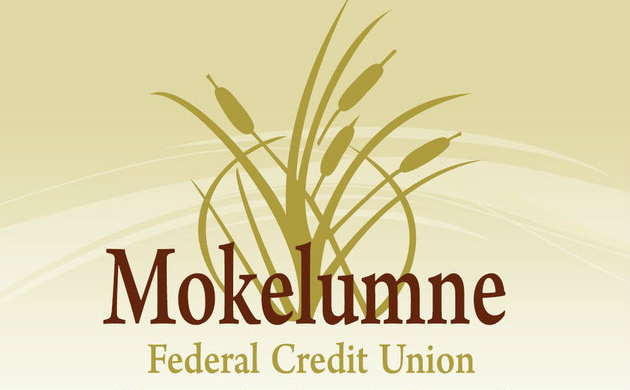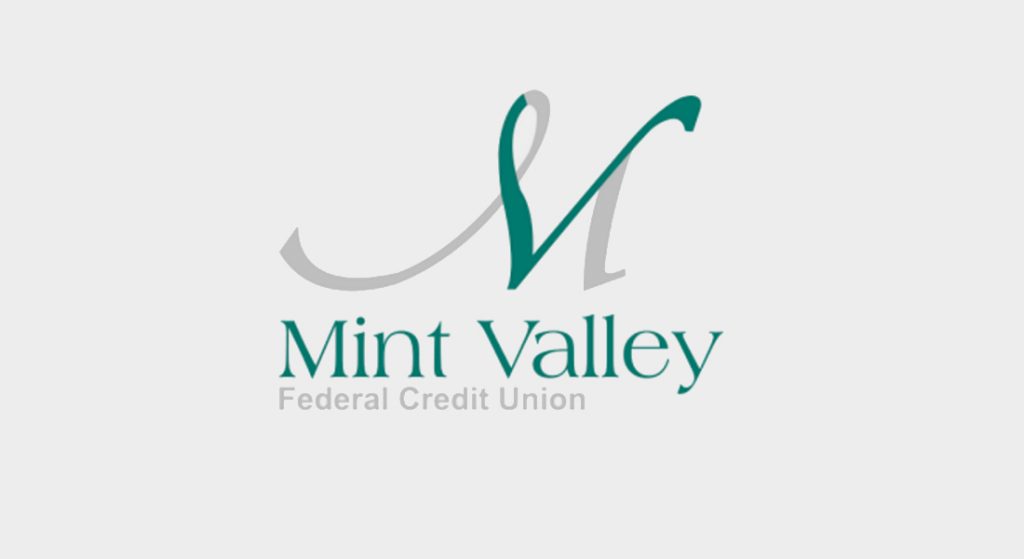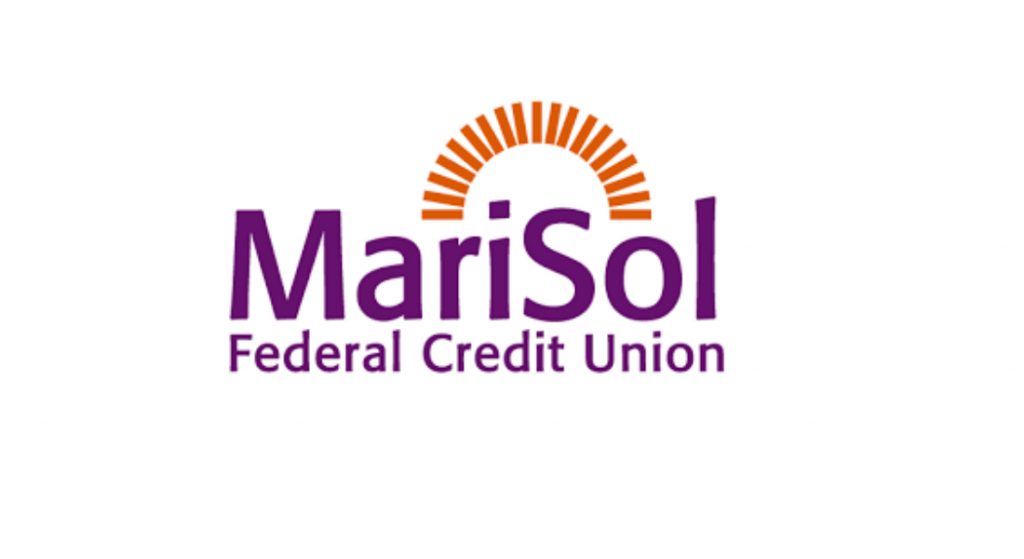
Why you must convince your members and yourself that remote deposit capture is safe.
In 1991 Saloner and Shepard found evidence for the role of the network effect in their study of ATM adoption. What was discovered in the case of ATM machines, was that if ATM’s were largely available over geographically dispersed areas, the benefits of using an ATM would increase since customers could access their accounts from any location they wanted. This implied that the value of an ATM network increases with the number of available ATM locations, and the value of a financial institution’s network to a customer would be determined in part by the final network size of the financial institution.
Considering the advent of technologies since the ATM (such as voice response, Internet banking, mobile banking, biometric authentication and remote deposit capture to name a few), think about how your financial institution’s network has expanded. In large measure, your network today expands as far as the Internet or cell phone towers can carry your members and is as accessible as their smartphone. Expanding your FI’s network provides you the ability to expand your lobby right into your member’s pockets.
Many FIs have quickly adopted the latest technology trends with increasing velocity. One of the latest trends, of course, is mobile banking and closely tied to the mobile banking channel is another recent technology – Remote Deposit Capture.
The questions you may be asking yourself about remote deposit capture are quite possibly the same questions your members have. Is it safe? What are my risks? How does it work?
Today most people don’t question the security of an ATM, even though potential threats abound. FIs and their members have factored in the risks of ATM transactions in their operational and personal costs and understand that those risks far outweigh the risk of not offering ATM’s at all.
The truth is that remote deposit capture should be viewed the same way and if your mobile banking provider offers built-in remote deposit capture as part of their app the risk of fraud decreases exponentially. If done correctly, remote deposit capture will limit the number of in-person check deposits, just as the ATM has limited the number of in-person cash withdrawals.
How to keep your financial institution and your members safe when offering remote deposit capture.
1) Integration: Choose a mobile banking provider which also supplies remote deposit capture built-in to their app. This will reduce the number of potential apps that your member will be required to download and will provide you with a single point of contact not to mention a single contract when dealing with vendors.
2) Reduce duplicates: Source your remote deposit capture from a vendor who can also integrate with Check 21 processing. This will allow the remote deposit capture and Check 21 channels to communicate and prevent duplicate check images from being processed. Additionally, having a single channel for both remote deposit capture and Check 21 will simplify the cash letter creation process as well, allowing for combined settlements. There is no ‘silver bullet’ when it comes to preventing duplicate image processing, however having multiple image channels communicate will aid in detecting fraud.
3) Set a cap: Any trustworthy remote deposit capture solution will allow deposit caps to be set. This allows the FI to control how much can be deposited via the mobile app and should allow for limits to be set by member and by account type, an FI may wish to increase deposit limits for business accounts.
3) Encrypt: Remote deposit capture should employ the use of multiple layers of security, including multi-factor authentication (password protection at a minimum), internet firewalls and 256-bit encryption. This makes depositing checks via mobile as secure as logging into your account or applying for a loan online.
you may also like
7 Reasons Personal Finance Management (PFM) Sucks
7 Reasons Personal Finance Management (PFM) Sucks PFM (Personal Financial Management) refers to financial technology that helps…
Mobi¢int Welcomes Members Credit Union
Sandy, UT (August 2017) — The Cos Cob, Connecticut-based credit union chose to implement mobi¢int for their…


